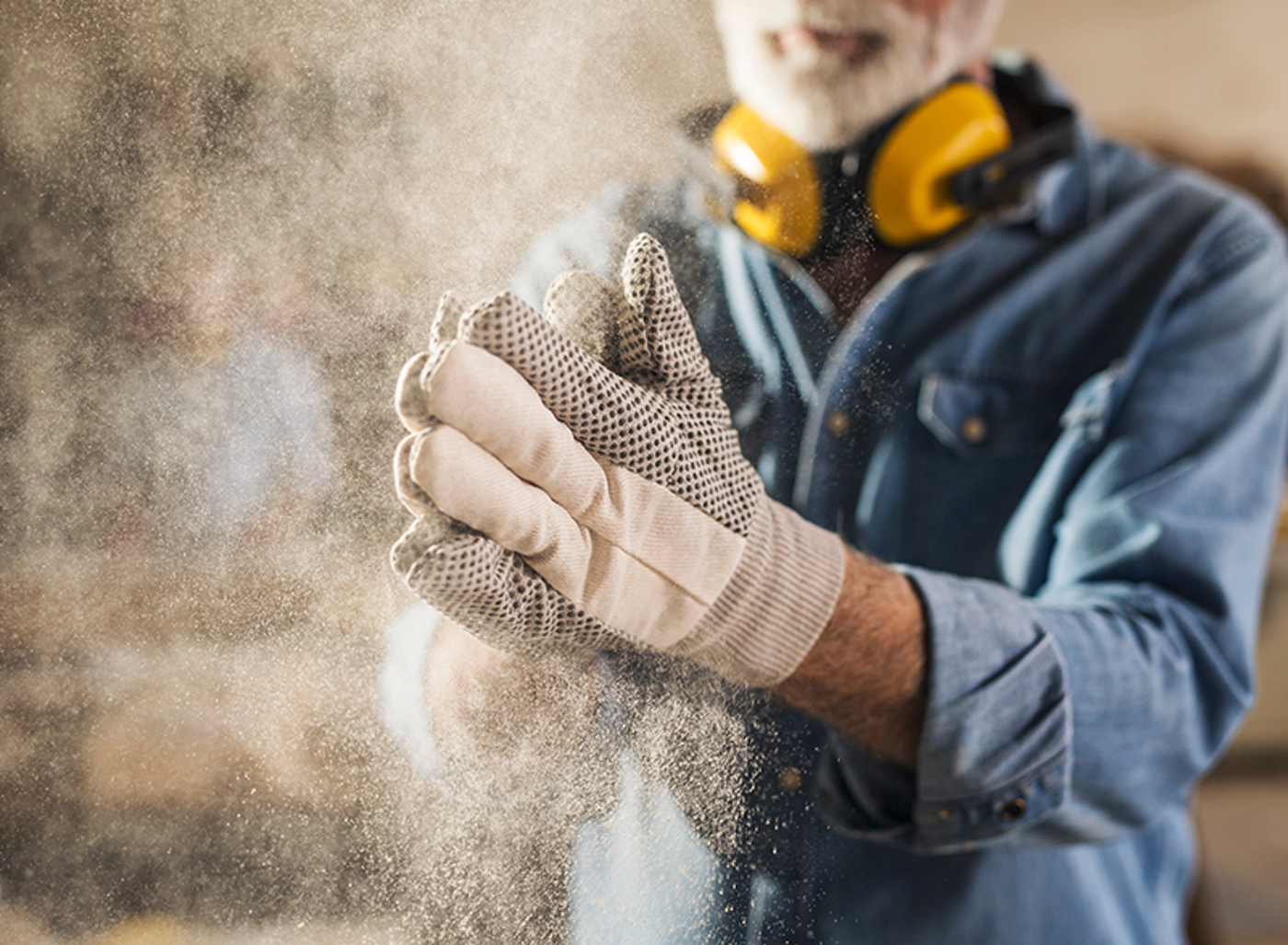
Dust yourself off and get down to business safely with effective dust extraction and personal protection solutions.
![]()
The construction industry continues to face challenges in protecting workers from the invisible threat of airborne dust particles on sites across New Zealand.
Silica dust, wood dust, stone dust and other particles can pose serious health risks to construction workers. Prolonged exposure can lead to severe respiratory conditions, including silicosis, chronic obstructive pulmonary disease and even lung cancer. WorkSafe New Zealand has been increasingly vocal about the importance of dust management on construction sites and the importance of effective personal protective equipment (PPE).
Modern dust extraction methods have revolutionised workplace safety, with advanced vacuum systems able to capture airborne particles at source. Nilfisk produces one of the ranges at the cutting edge of effective, efficient dust extraction technology. The Nilfisk range of innovative industrial vacuum solutions includes powerful fixed and mobile vacuum cleaners, centralised vacuum systems, and dust containment systems for the removal of any type of production waste, hazardous dust and fumes, combustible dust and pneumatic conveyors for the transportation of materials from one place to another.
With single-phase or three-phase, battery powered, hazardous dust, explosive dust, clean room, compressed air, oil/swarf, and packaging and trim vacuums, there is plenty to consider ahead of your dust extraction purchase.
Their heavy-duty industrial vacuum cleaners can collect wet or dry material, combustible dust, and toxic or very fine powder, in any type of industry such as construction, iron and metal, food, manufacturing, agriculture, pharmaceutical, and many more.
“We fully understand the importance of using the right dust extraction systems,” says Nilfisk/HiKOKI’s Tony Cowper. “We have been leaders in this field for some time with the Nilfisk brand here in New Zealand.”
Essential protections beyond extraction tools are still needed for workers, however. When working with materials like concrete, timber, stone and particularly engineered stone, tool technology alone is not enough to reduce health risks. Proper respiratory protection also remains a critical line of defence, and selecting the right mask is crucial. Disposable P2 respirators or reusable respirators with appropriate filters can provide essential protection against fine particles. Fit testing and proper maintenance are equally important, ensuring the seal always prevents dust infiltration.
Employers play a pivotal role in dust management and ensuring the safety of their staff.
This includes:
-
Implementing comprehensive dust control plans
-
Providing appropriate extraction equipment
-
Ensuring workers are trained in proper PPE use
-
Conducting regular health monitoring
The benefits of effective dust management extend beyond health protection, too. Fewer hours of worker sick leave and improved productivity are among the economic benefits of ensuring safe dust extraction. Providing effective protection is not only a crucial health and safety process, but a smart business strategy.
As the construction industry and the materials used continue to evolve, so must construction companies’ approaches to workplace safety. By prioritising healthy dust extraction and personal protection, New Zealand construction companies can create safer, healthier work environments that protect their most valuable asset – their team.